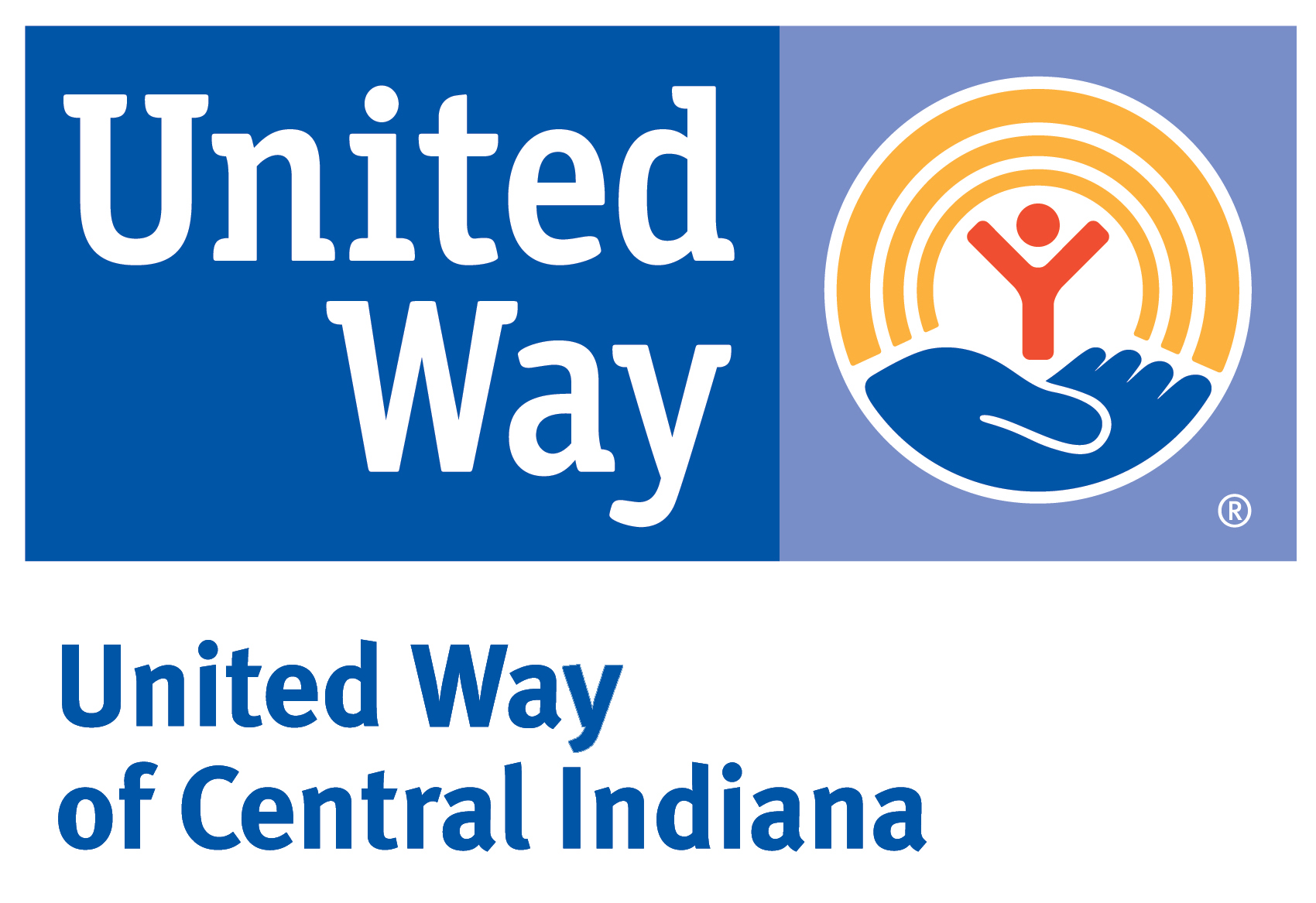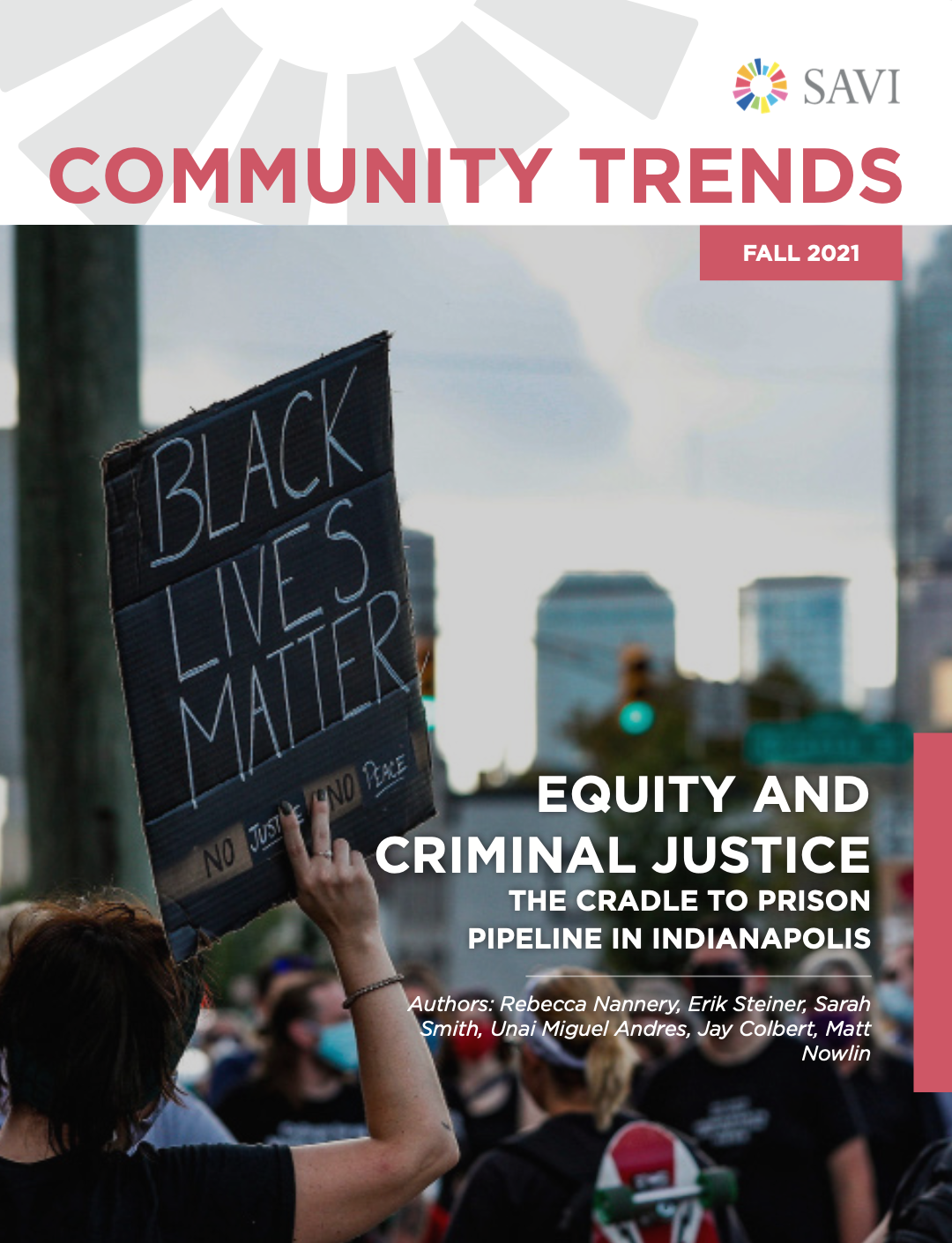Equity and Criminal Justice
SAVI Talks - November 18, 2021An individual’s interaction with the criminal justice system is not necessarily a random event: Research shows that beginning from birth, various factors including disability, race, gender, and economic status result in disproportionate impact on subpopulations in a way that makes them more likely to engage with the criminal justice system. These factors, and policies that alleviate or compound existing inequities will be examined using the Cradle to Prison Pipeline framework.
This report examines a concept called the “cradle to prison pipeline.” It is a review of some of the basic statistics at each stage of this pipeline: childhood, school, juvenile justice, early adulthood, and imprisonment. For each stage, we present basic trends and disparities across race, place, gender, and other demographic variables.
Research has shown that highlighting racial disparities can actually increase support for policies that perpetuate inequality, such as “stop and frisk.” With caution, this report maintains a focus on disparities, particularly between Black and white residents, because those are indicative of problems within systems and not the inherent criminality of individuals or populations.
Black and white jail population per 100,000 people age 15-64 (five-year average)
Indiana
Marion County
Community Trends Report
SAVI Talks Presentation
Introduction & Report Presentation:
Panel Discussion & Closing Remarks:
Articles and Story Maps
Explore other research and interactive content we have developed around equity.
What We’re Reading: February 21, 2018
This week, Health Affairs reports on high child mortality in the US, NPR dives into the contract workforce, and NASA offers a very cool population estimator.
City Funds Flanner House Micro-Grocery in Food Desert
WFYI reports that the City of Indianapolis announced the first recipient of its Healthy Food Access grant on Thursday. Flanner House will receive $400,000 to develop Cleo's Bodega, a micro-grocery that will sell discounted food through a relationship with Under the...
What We’re Reading: January 14, 2018
This week, Chicago Policy Review looks at a paper that finds Atlanta’s low-income households moved to where transit is available, NPR highlights the work of an Indianapolis CDC, and Brookings provides an economic development dashboard.
Incomes Rising by Sector, but Real Income Flat Since 2007
In the Indy Metro between 2007 and 2016, goods producing jobs fell by 12,000 while service jobs increased by 126,000. Average income per employee remained almost flat during this period.
Mortgage Activity Growing Fastest Among Middle- and Upper-Income Borrowers
There were 50 percent more Central Indiana home purchase loans in 2016 compared to 2012. Among upper-income borrowers, the number of new loans went up 80 percent.
Indy Rezone Defines New Context Areas: Compact and Metro
Indianapolis adopted a new zoning ordinance called Indy Rezone, effective May 2016. A zoning ordinance generally consists of list of regulations defining what property owners are permitted to build in each zone, accompanied of a map defining where particular zones are...
On Average, Online Charter Schools Have Lower Graduation Rates
Last week, WFYI reported that Hoosier Academies Virtual Charter School is slated to close in June, due to consistently poor performance. For example, its 2016 graduation rate was 23 percent. Hoosier Academy is not the only online charter school to struggle with low...
As Gentrification Bill Considered, Values Increasing Quickly in These Neighborhoods
A proposal in the state legislature would offer long-time homeowners in designated areas relief from rising property taxes. Indiana House Bill 1056, which was debated in a study committee last week, would cap assessed value increases at three percent for eligible...
Who Rides the Bus: Examining Transit Ridership in Marion County
This research combines information from the recent IndyGo survey with a variety of neighborhood socio-economic factors from the SAVI community information system to better understand how and why certain groups of riders used the service. The report provides general...
The Big-Picture Transformation of Health Care
There is one clue that speaks volumes about your health prospects but has nothing to do with your medical records.
Authors
Sharon Kandris
Associate Director,
The Polis Center
Jay Colbert,
Data Manager,
The Polis Center
Jeramy Townsley,
Visiting Research Analyst,
The Polis Center
Matt Nowlin,
Research Analyst,
The Polis Center
Event Partners





